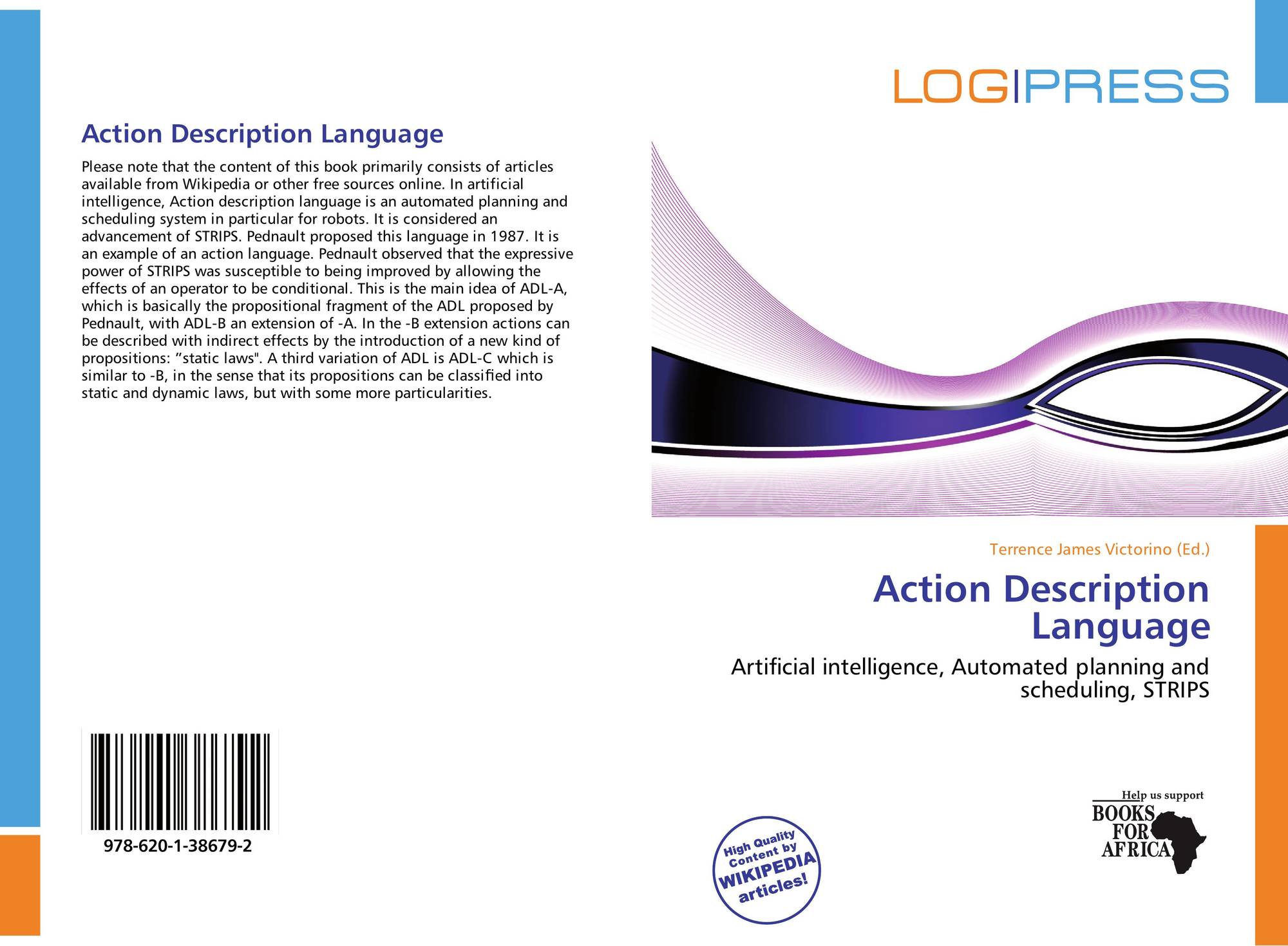Action Description Language
The Action Description Language (ADL ) is a planning system especially for robots. It is considered a further development of STRIPS.
The purpose of a planning language is to represent certain states in the environment and, based on automated to determine a sequence of actions that lead to a desired destination. A goal is a specific partially specified state. Thus, an action can be executed, certain preconditions must be met; after executing the action has effects through which the environment is changing. The environment is described here by means of certain predicates that are either met or not met.
Unlike STRIPS applies to ADL, the principle of " open world ": What does not occur in the state, is unknown. In addition, negative literals and disjunctions are allowed.
Example
As an example, one can imagine the problem of air cargo transport, in which certain goods must be transported by an air port by plane to another airport and the aircraft must be loaded and unloaded respectively. The necessary actions would be loaded, unloaded and fly; on the predicates In ( c, p) and At ( x, a) could be expressed, whether a cargo c is in a plane p, and if an object x is at an airport a.
The actions could then be defined as follows:
Action: loaded ( c: Cargo, p: Plane, a: airport ) Vorbed. At ( c, a) in ^ (P, A ) Effect: at ( c, a) in ^ (c, p) Action: discharged ( c: Cargo, p: Plane, a: airport ) Vorbed In (c, p) ^ At ( P, A ) Effect: In the case of ( c, a) ^ ¬ Add (c, p) Action Fly (p: Plane, from: Airport to Airport ) Vorbed: At ( p, from ) ^ (from ≠ to ) Effect: ¬ At ( p, from ) ^ At ( p, to ) literature
- Stuart Russell, Peter Norvig: Artificial Intelligence: A Modern Approach, August 2004, Pearson Education, ISBN 3-8273-7089-2 ( German translation of the 2nd edition ), pp. 469-471
- Robotics










